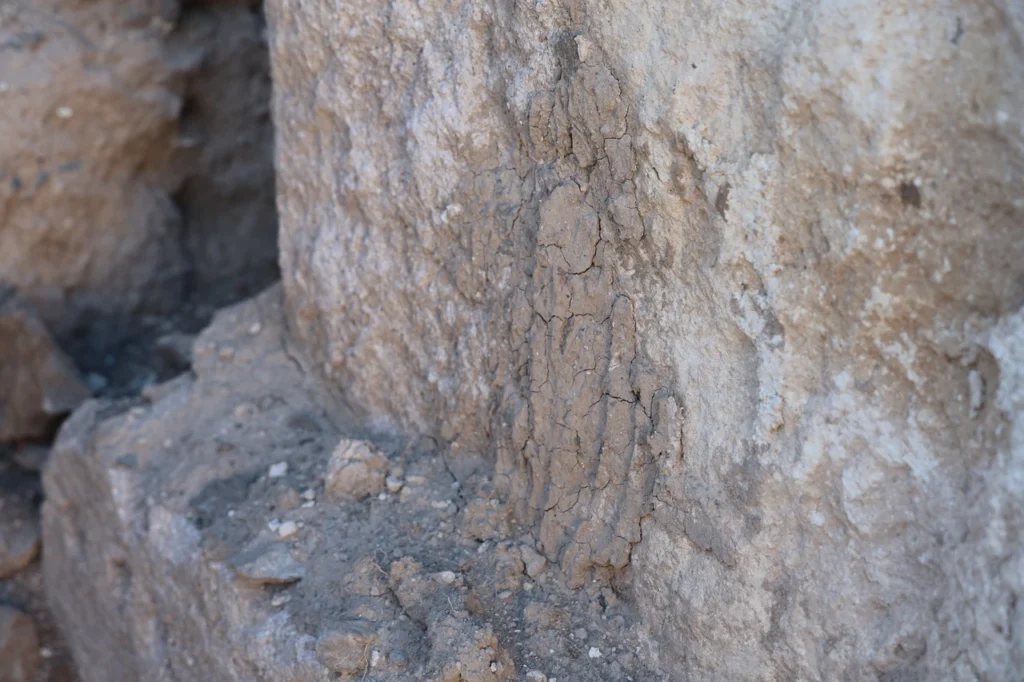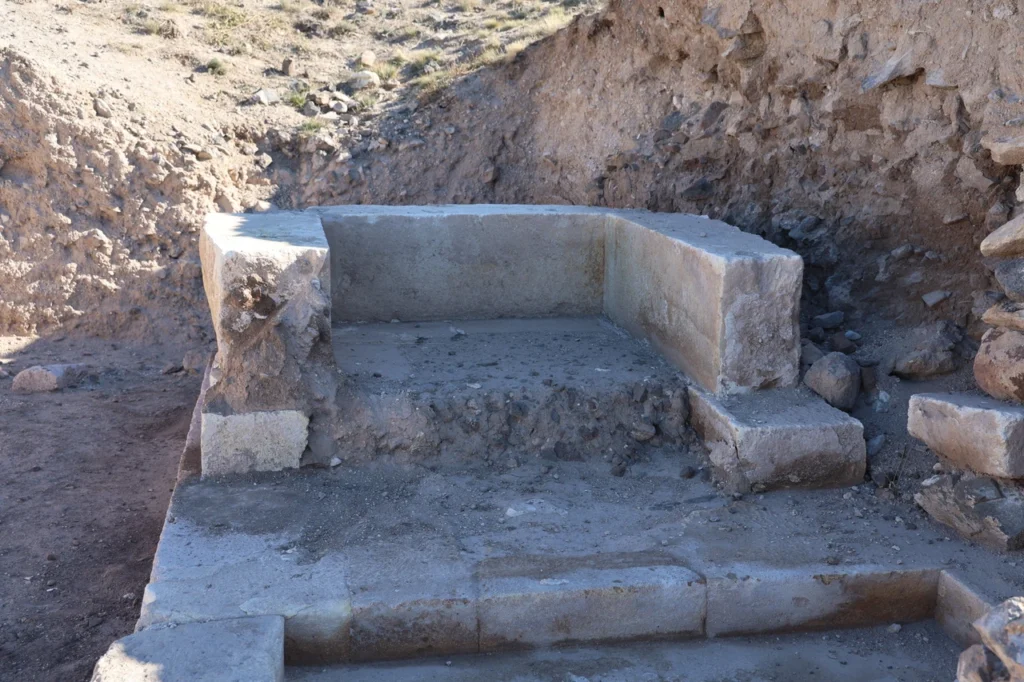In Cappadocia, known as the land of beautiful horses, 2,200-year-old fingerprints were found during excavations in a burial chamber.
Cappadocia is a region in the Central Anatolia Region of Türkiye, world-renowned for its unique natural and historical beauty. It is famous for its fairy chimneys formed by the erosion of soft tuff layers formed by volcanic eruptions millions of years ago and shaped by wind and rain erosion.

The fingerprints dated to 200 BC were found at the excavation site known as Karayazı Höyük. The prints likely belonged to the master craftsman who constructed the burial chamber.
Karayazı Höyük is located on the campus of Nevşehir Hacı Bektaş Veli University.
Nevşehir Museum Director Gökhan Maskar underscored the significance of the find, stating, “This marks the first scientific excavation of a tumulus in Cappadocia. The tomb chamber we discovered has a square pyramidal design with plastered exterior walls, and we found the fingerprints of the craftsman who applied the plaster over 2,200 years ago.”

The tomb chamber is dated to the late Hellenistic to early Roman period, although it has sustained damage from antiquity. This excavation is noteworthy not only for the tomb’s age but also for its unusual characteristics: Maskar mentioned that the tomb seems to have been utilized on two separate occasions, a feature rarely seen in tumuli.




